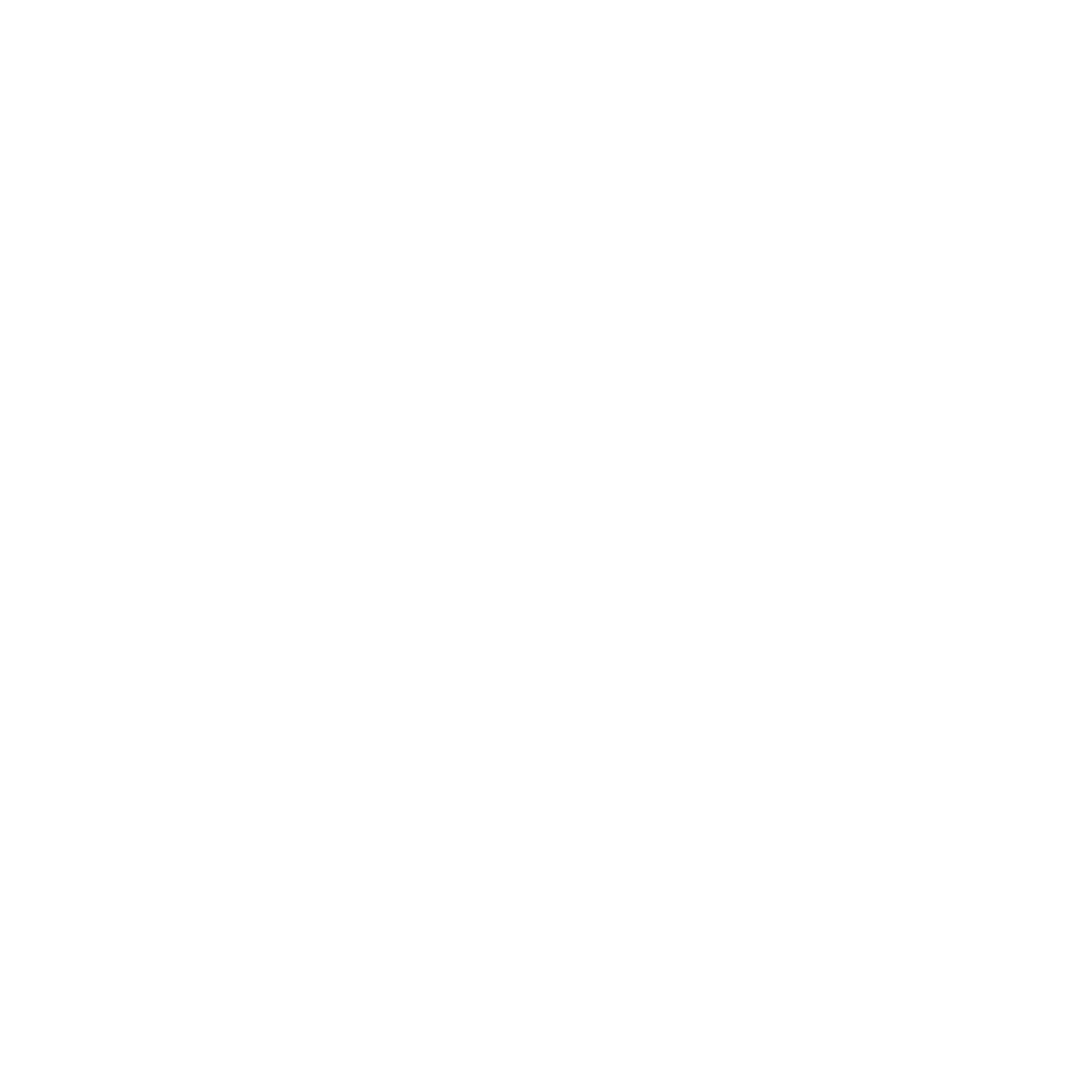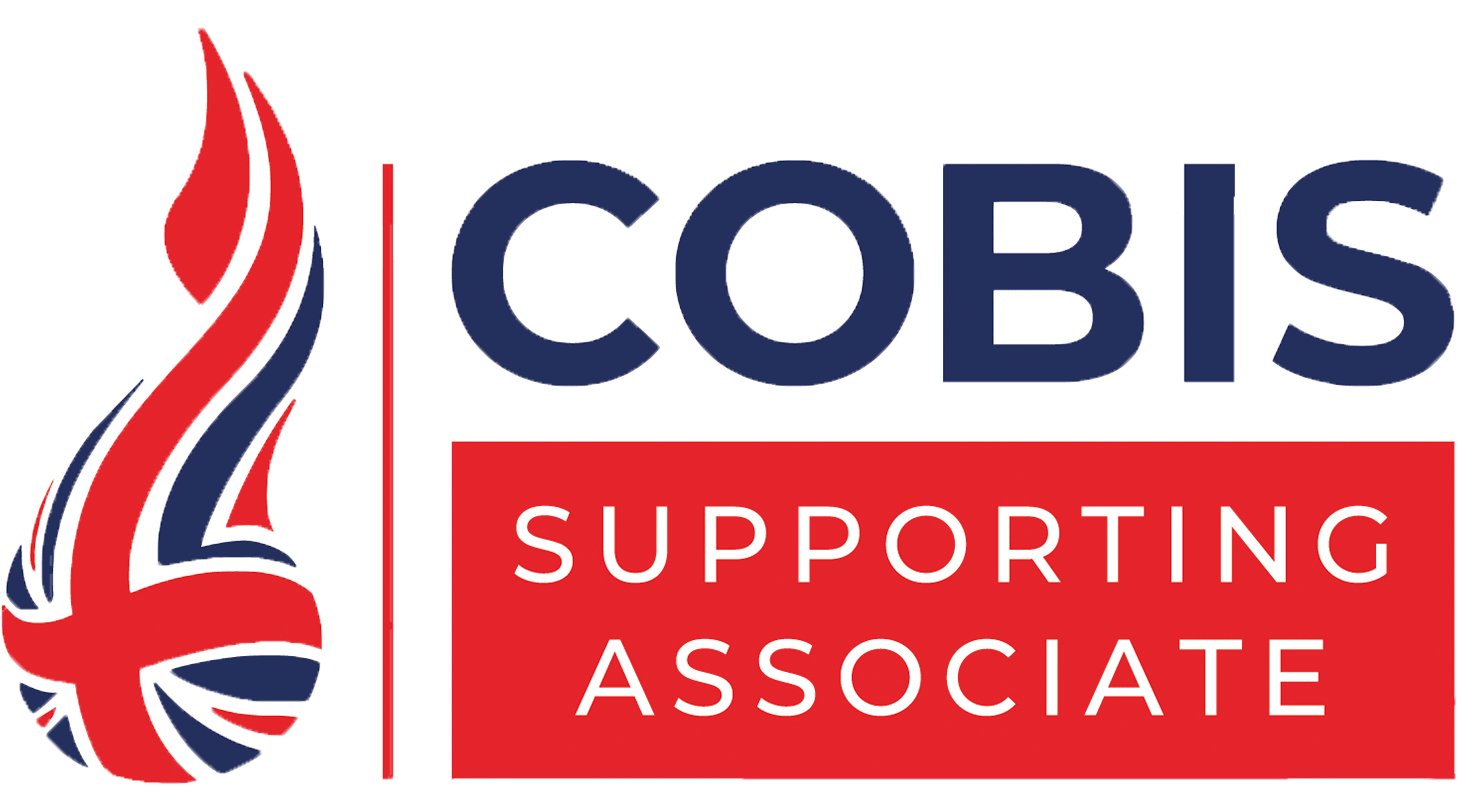Ben Sharratt, vice principal at GEMS Wellington International School, has been using the Great Teaching Toolkit to create a culture of managed autonomy around evidence-based professional development. As a school, which already has a strong foundation in evidence-based practice through High Performance Learning. The Great Teaching Toolkit emerged as an ideal solution to embed evidence-based professional development while maintaining a culture of managed autonomy.
Why did you choose the Great Teaching Toolkit to support managed autonomy?
Ben, who is a strong advocate of strategic, evidence-based professional development. Made the decision to implement the GTT because it was driven by its ability to provide a structured yet adaptable resource.
“We were looking for a more strategic approach to evidence-based practice—something we could do really well rather than spreading ourselves too thin. The GTT provided a toolkit that our teachers could draw from at their own pace, reinforcing our philosophy of managed autonomy.”
The school had already achieved world-class status as a High Performance Learning institution, and while that provided a solid foundation. Ben recognised the need for a tool that would give teachers ownership over their professional development. “I don’t believe in a one-size-fits-all approach. The toolkit allowed us to say to teachers, ‘This is here for you, to use in your own time and at your own pace.’ It felt like a resource that worked with them rather than being imposed on them.”
Managed Autonomy: A Self-Directed Approach
Rather than a top-down, prescriptive method, the school integrated the GTT within its self-directed professional development model. Teachers were encouraged to conduct self-audits to identify areas for growth. Aligning with an observation cycle that focused on trust-based feedback rather than accountability-driven evaluations.
“We asked teachers to start with an element of the GTT that they felt less confident in or that had been identified as a growth area. They would then engage with the Toolkit, apply their learning, and discuss their experiences in a reflective post-observation dialogue.”
This approach created a bi-directional conversation between teachers and observers, championing a culture of trust and professional dialogue. Observations became growth opportunities rather than assessments, reinforcing the school’s commitment to managed autonomy.
The Impact on Professional Dialogue and Teaching Culture
After a full cycle of using the GTT, the school observed noticeable changes in professional conversations. “Teachers now engage in genuinely evidence-based dialogue. When leaders or teachers introduce new strategies, they are grounded in reputable sources such as the GTT, the Education Endowment Foundation (EEF), and the Organisation for Economic Co-operation and Development (OECD).”
By ring-fencing the sources of evidence-based research, the school ensured a high standard of professional development while still allowing teachers the freedom to explore and apply what worked best for them. We didn’t want our teachers pulling resources from unverified online sources. By guiding them to credible research, we maintain integrity while upholding autonomy.”
A Framework for All Teachers: Supporting Different Experience Levels
One of the strengths of the GTT was its ability to cater to teachers at all levels, from early career teachers to seasoned educators. Ben describes this as a ‘deepening’ model:
“For our newer teachers, the GTT provided essential guidance on foundational teaching practices like curriculum sequencing and effective explanations. More experienced teachers naturally gravitated toward deeper elements, such as maximising learning opportunities and activating hard thinking.”
This metaphorical ‘pool’ of professional growth ensured that all teachers, regardless of experience, had access to the right level of challenge and support.
Next Steps: Leveraging Student Feedback for Further Growth
Building on the success of the initial implementation, the school plans to incorporate student voice into its professional development framework. Inspired by discussions with other high-performing international schools, they aim to introduce student surveys to assess key areas. Like learner motivation, effective feedback, and teacher questioning techniques.
“We want to explore how students perceive the quality of questioning in their lessons. Many teachers believe they ask fantastic questions, but it’s important to understand whether students feel truly challenged and engaged.”
By integrating student surveys, the school aims to refine its approach further. Ensuring that professional development is not only research-driven but also student-centred.
Conclusion
The Great Teaching Toolkit has proven to be a valuable asset in supporting managed autonomy at our school. By providing a structured yet flexible framework, it has empowered teachers to take ownership of their professional development while maintaining a high standard of evidence-based practice.
Through self-directed learning, trust-based observations, and a commitment to credible research, the school has developed a culture where professional growth is both personalised and rigorously informed. Looking ahead, incorporating student feedback will further enhance this model, ensuring that great teaching continues to evolve in response to the needs of both educators and learners.
Join schools like GEMS Wellington in using student voice to enhance professional learning and classroom impact. Find out more about learner surveys here.





